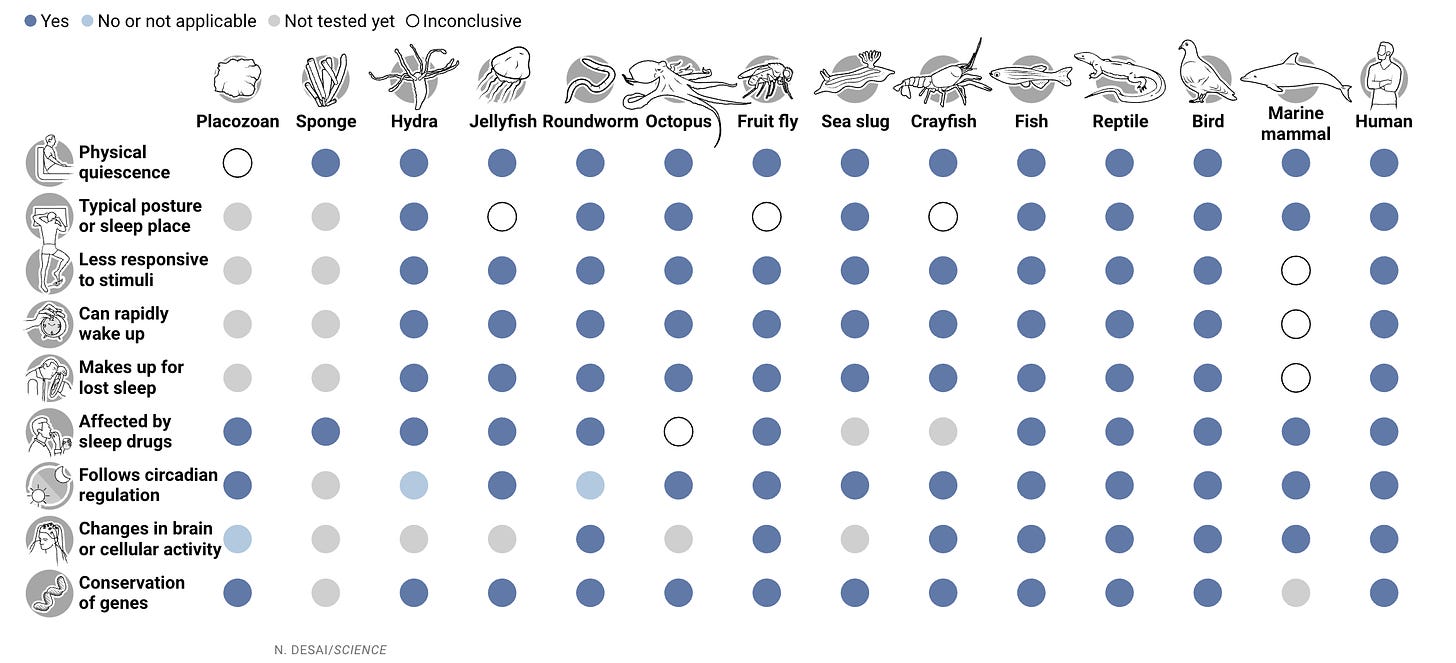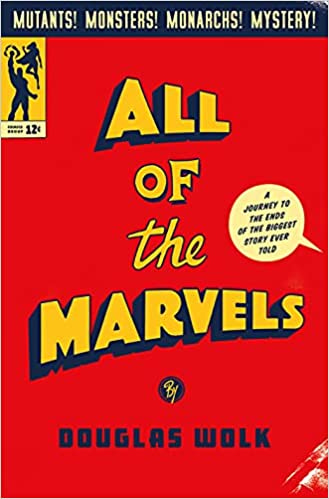Finding your north star metric - it's a process
"Everything Starts Out Looking Like a Toy" (No. 67)
This week’s toy: a design utility that creates waves. This is a really useful tool to create headers, design mocks, or slide backgrounds, and yet another example of “why isn’t creating a curve that looks good a little bit easier in anything but professional design tools?” Edition No. 67 of this newsletter is here - it’s November 8, 2021.
The Big Idea
This week, I’ve been re-reading a great article by Claudia Delgado on Metrics that Matter. Claudia writes about several different strategies for connecting user activity to things we as product people should measure to the insights we draw from those observations. The point of the article? We need to determine which outcomes we want to drive, how we we will measure them, and what conclusions are the logical outcome from those observations.
Outcomes are the results we want to cause
Results are the (actual) results that happen
Insights are the learnings we make from observing the congruency of our desired outcomes and observed results.
So, how do you calibrate the outcomes you want?
Finding your Product North Star
Many product managers calibrate their outcomes by using the “North Star” metric, or finding the most relevant outcome to display if your business is succeeding.
Sandhya Hegde of Amplitude describes it this way:
A north star metric is the key measure of success for the product team in a company. It defines the relationship between the customer problems that the product team is trying to solve and the revenue that the business aims to generate by doing so.
My take on the “North Star Metric” is that it needs to solve for a few different ideas to be useful:
A North Star Metric must be a metric you can and do track today. If you don’t know what it is and agree it’s a key indicator of how you are doing, you need to redefine your North Star metric. If you don’t already track it, how could it be the most important metric?
If the North Star Metric improves, it has a direct line to the health of your business. And ideally, it also has an expansion component built into achieving this metric. If your customers are expanding usage and that usage makes you money, then getting more customers that do this behavior geometrically expands the business.
The North Star Metric must be achievable and simple. Everyone on the team should know what it is. Aligning the employees, stakeholders, and customers around the goal is itself an outcome of having a North Star Metric.
Aligning the rest of your business to your North Star ⭐️
Having a North Star metric doesn’t mean much if the rest of the company is not using it to drive action. So what do you need to do to align what you want to get done with the simplest way to describe it. (And then, of course, find the simplest way to count it.)
Here are some common questions to get you there:
Are you running a consumption-based business? (API turns, record counts, database size, accumulation of information?) Consider counting an absolute number.
Are you handling transactions based on a flat percentage? Consider watching the average transaction size.
Does success depend upon the happiness of users, and are people happier if they use your product more often? Consider average user happiness score among active users.
Or is the success of your product the minimization of effort (customers expect to get things done in the shortest possible time?) Consider tracking time to task.
What happens if you’re not sure?
If you don’t know what you would pick, that’s ok. Start by identifying the outcome you most want (usually more users, more revenue, less cost) and then ask questions until you get to the input you need.
Now, what does it mean?
You don’t have to figure it out yet. The exercise is about focus. If everyone in the company is aligned to try to improve one thing, they will each approach it differently. Having a theme helps you frame the “why” and the “how” so that when you are talking about efforts from different parts of the company, they rhyme.
“Why will this campaign help us get more usage?”
“Does this feature make people want to use the product more?”
“How would we know if they are using it more?”
Ask more questions like this, and you’ll be getting closer to your North Star.
What’s the takeaway? A North Star metric may sound like “one metric to rule them all”, but it’s more important to think of it as the lowest common denominator anyone in the company can point to (and explain). If they know how their actions improve that metric, and the metric makes the company money/increases usage/lowers cost, it’s a good metric.
A Thread from This Week
Twitter is an amazing source of long-form writing, and it’s easy to miss the threads people are talking about.
This week’s thread: on the cone of uncertainty for weather forecasting. For weather nerds, it’s not just the model that’s used, but the interaction of models with each other.

Links for Reading and Sharing
These are links that caught my eye.
1/ The future of writing is assisted writing - Starting with a blank page could be a thing of the past soon with writing prompts assisted by an AI model called GPT-3. AI models are not good (yet) and creating content with context, even though they are really good mimics. But what if we changed the frame and thought of AI as a writing coach or a helpful editor? In that light, it would be a lot more like autocorrect, but for sentences and paragraphs rather than individual words. Now, we need an AI-driven fact checker.
2/ Why do we sleep? - Sleep matters for more than just cognitive ability - it is also key to cellular regeneration for all thinking animals. Sleep benefits your brain. This is especially notable on a week where we “gained” an hour with the ending of daylight time.
3/ The iPod at 20 - It’s been 20 years since the iPod was introduced, and for those of us who remember, that was a tectonic shift in the way we store, listen to, and discover music. Before the iPod, before fractional music listening, you used to have to buy physical music. Used music was a thing. Trying to store and find music was a thing. Thank you, iPod ;)
On the Reading/Watching List
Reading: This history of Marvel Comics. Yes, All of the Marvels.
Douglas Wolk read all of the Marvel comics. That takes dedication. This is a love letter to every nerd and comics reader who grew up reading and watching these stories. Yet what’s really fun about it is Wolk’s persistence at diving into minor character threads, themes in multiple books, and the things that make comics great. Excelsior!
Watching: Tricking your brain into “wanting” to learn. How much more successful would you be at learning a new task if there were fewer negative signals? Spoiler: it turns out that learning how to fail creatively also teaches you how to learn more effectively.
What to do next
Hit reply if you’ve got links to share, data stories, or want to say hello.
I’m grateful you read this far. Thank you. If you found this useful, consider sharing with a friend.
Want more essays? Read on Data Operations or other writings at gregmeyer.com.
The next big thing always starts out being dismissed as a “toy.” - Chris Dixon







